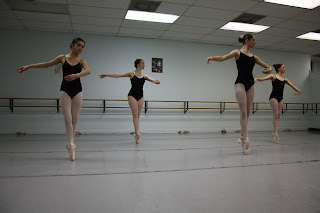The idea to “pay it forward” has found its place amongst the bar hoppers of downtown Austin. Local taxi driver Bob Makela spent 20 years slow-roasting his ambitions - the end product being the first and now the second Barstool Poetry night held at Violet Crown Social Club on Sixth Street in late Jan.
The rules are simple. Scribble an invented poem title on a cocktail napkin, pass it to your neighbor and say “Write a poem for this title!” The napkins are gathered and read aloud, and then Makela compiles and publishes them in books. At this second poetry night, 70 poems were written and are soon to be printed, the images of the napkins and hand-written words included.
“A lot of people hear the word, ‘poetry,’ and just run for the hills,” Makela said. “I want anybody who hears the concept to feel like they can do it. In my book, there’s no bad poetry.”
As solid proof of this, one poem published from the first Barstool Poetry night was simply titled, “i wrote this.”
The Austinites at the Crown readily accepted the challenge, and small groups of people clustered around the polished tables, exercising their creative muscles. This food for thought allowed for minds to breach the deep purple walls of the club, and stranger joined stranger in the creation of word-art.
“I think Austin’s a really diverse culture in all avenues – and poetry itself, I think people in Austin should be all over it,”said Marcos Canchola, the owner of the Crown.
Compared with its humble beginnings, Barstool Poetry has progressed from being an accident to an outing. Two decades ago, Makela sat in a Los Angeles bar with his roommate, and the two passed the time by challenging each other to write new poems. When a number of barstool ladies became entranced by the exchange, the duo realized that they had come upon something clever. Now, it is a slowly growing Austin attraction.
“It should be a monthly, if not weekly staple,” said Zack Tolbert, a cab regular and poetry night attendee. “It’s way more engaging than trivia night.”
The poems cover a broad spectrum of subject matter and each is published anonymously, which inspires writers to be upfront about life experiences.
“There’s a conformity so engrained in society,” said Makela, “so the potential to be anonymous gives the potential to be a little more honest.”
The topics in previous Barstool Poetry books have ranged from mellow reflections on the length of one’s toes to mournful ballads about missing Mom.
“John + Jeff + Bob2 – David = ½ of what Chris could ever be,” wrote one mysterious participant in her poem entitled“Men +/-.”
On a heavier note, one individual wrote, “I see loneliness / sad eyes and wanting hearts,” in a creation called “Ubiquitous Loneliness.”
Though bars are frequently a scene of impeded interaction and frustrated intentions, Barstool Poetry has facilitated the communication of the heart.
“They leave a little document that’s here forever,”said Makela.
Makela hopes to continue to spread the word about the events, and as one barstool muse wrote, “It will only get better / God only knows” – sentiments that Makela echoes exactly.





